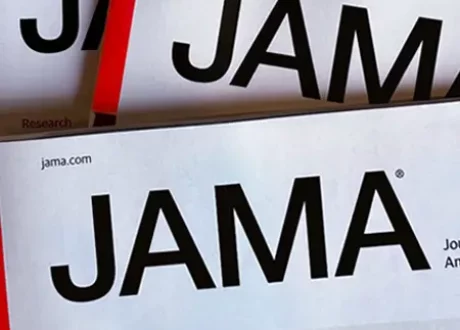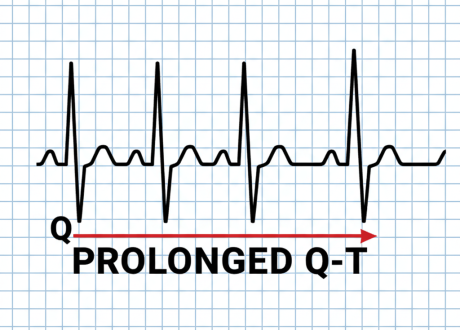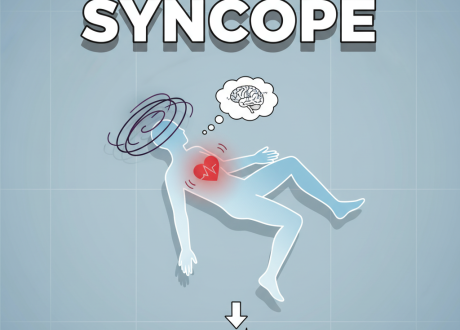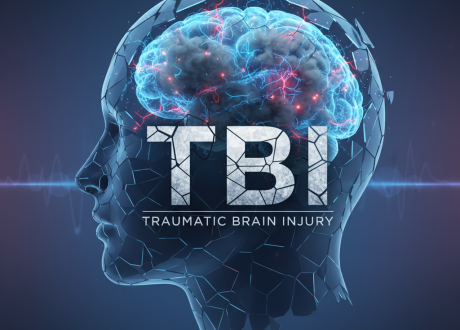August 19, 2022
Seemant Chaturvedi, MD, reviewing Gao P et al. JAMA 2022 Aug 9
Even among carefully selected patients treated by experienced interventionists, stenting was not superior to medical management in patients with severe stenosis and mild symptoms.
In previous clinical trials such as SAMMPRIS (NEJM JW Neurol Nov 2011 and N Engl J Med 2011; 365:993), angioplasty and stenting for severe intracranial arterial disease (ICAD) was not effective compared with intensive medical therapy. However, some clinicians have wondered whether more experienced interventionists and refined patient selection would provide evidence of benefit. This randomized trial from China enrolled patients with transient ischemic attack or nondisabling ischemic stroke and severe ICAD (70% to 99% stenosis). Patients were assigned to angioplasty with stenting plus medical therapy or medical therapy alone. Procedures were performed by centers with at least 30 such cases annually. To avoid the hyperacute period, when interventional complications are higher, patients were required to be at least 3 weeks out from the most recent transient ischemic attack or stroke. The primary endpoint was stroke or death within 30 days or stroke ipsilateral to the stenosis between 30 days and 1 year.
Over a 2.5-year period, 380 patients were enrolled, of whom 358 (mean age, 56 years; 73% men) were confirmed as eligible. Patients were enrolled at a median of 35 days after their last ischemic event. About two thirds of patients had hypertension and about one third had diabetes. The primary endpoint occurred in 8.0% of the stenting plus medical therapy group versus 7.2% of the medical therapy alone group. The periprocedural stroke-or-death rate was 5.1% in the stenting group. No benefit was seen for stroke prevention with stenting for up to 3 years after enrollment.
CITATIONS
Gao P et al. Effect of stenting plus medical therapy vs medical therapy alone on risk of stroke and death in patients with symptomatic intracranial stenosis: The CASSISS randomized clinical trial. JAMA 2022 Aug 9; 328:534. (https://doi.org/10.1001/jama.2022.12000)










COMMENT
This is another randomized, controlled trial that shows failure of intracranial stenting for stroke prevention. Despite a lower periprocedural complication rate than in previous studies such as SAMMPRIS, no benefit was observed. The study reinforces the current American Heart Association/American Stroke Association guideline that intensive medical therapy should be first-line treatment for symptomatic, severe ICAD.